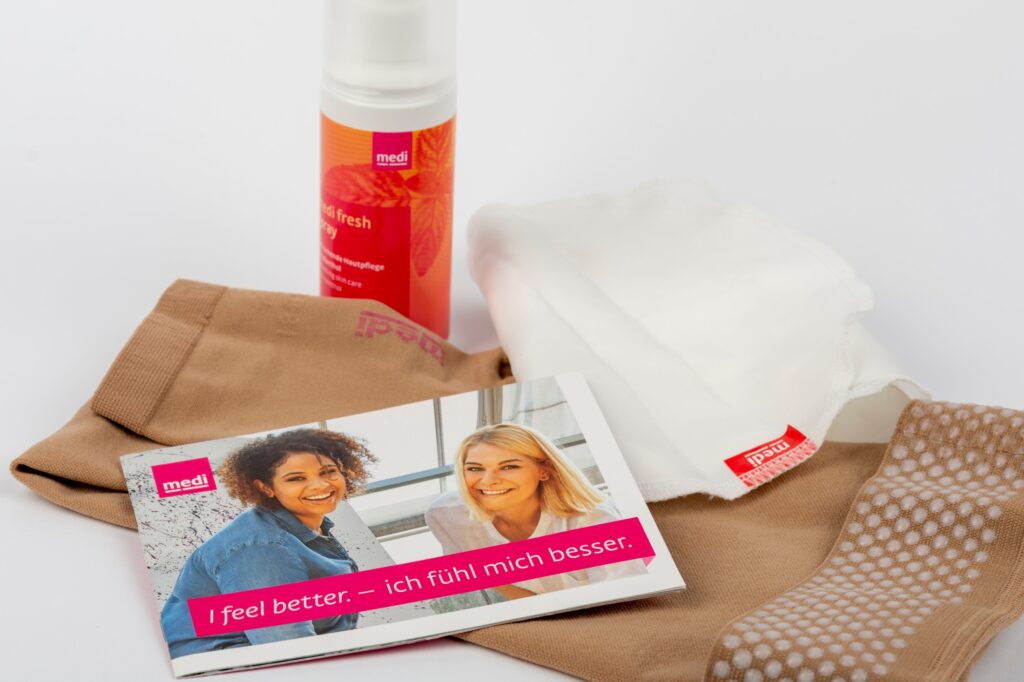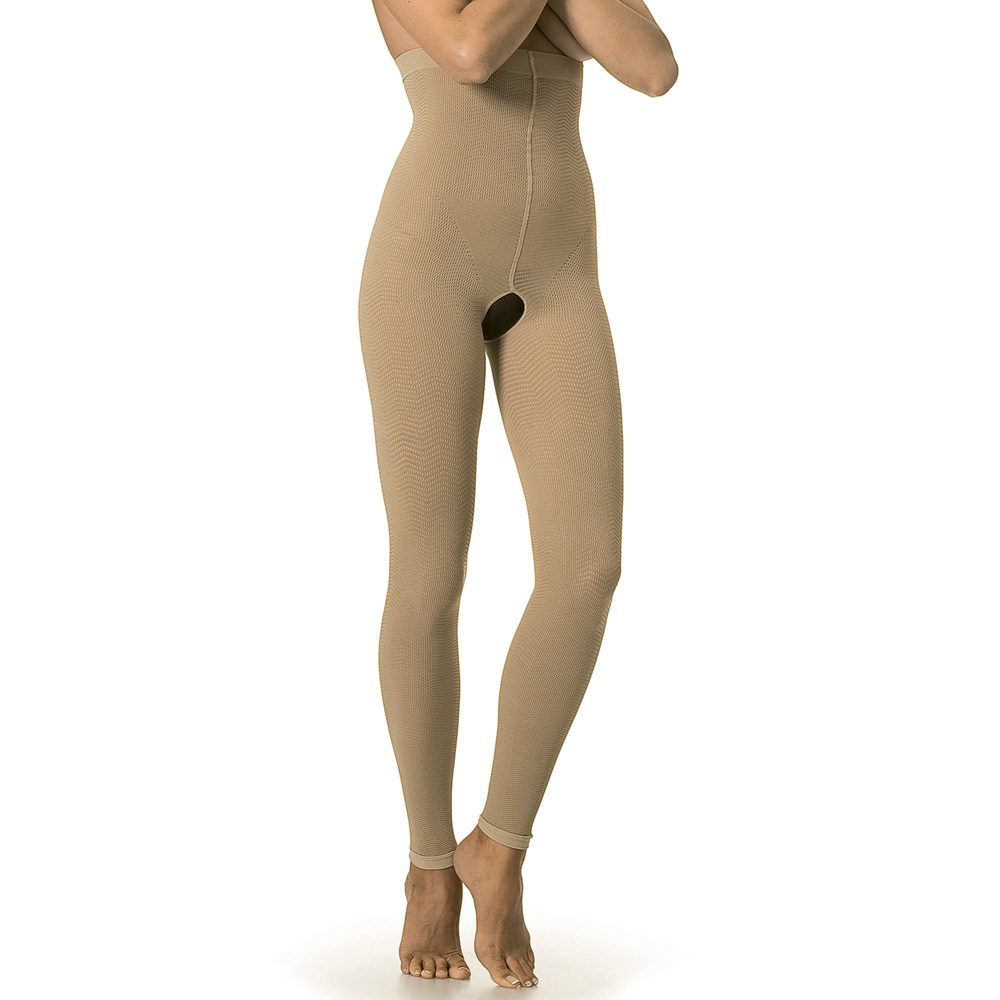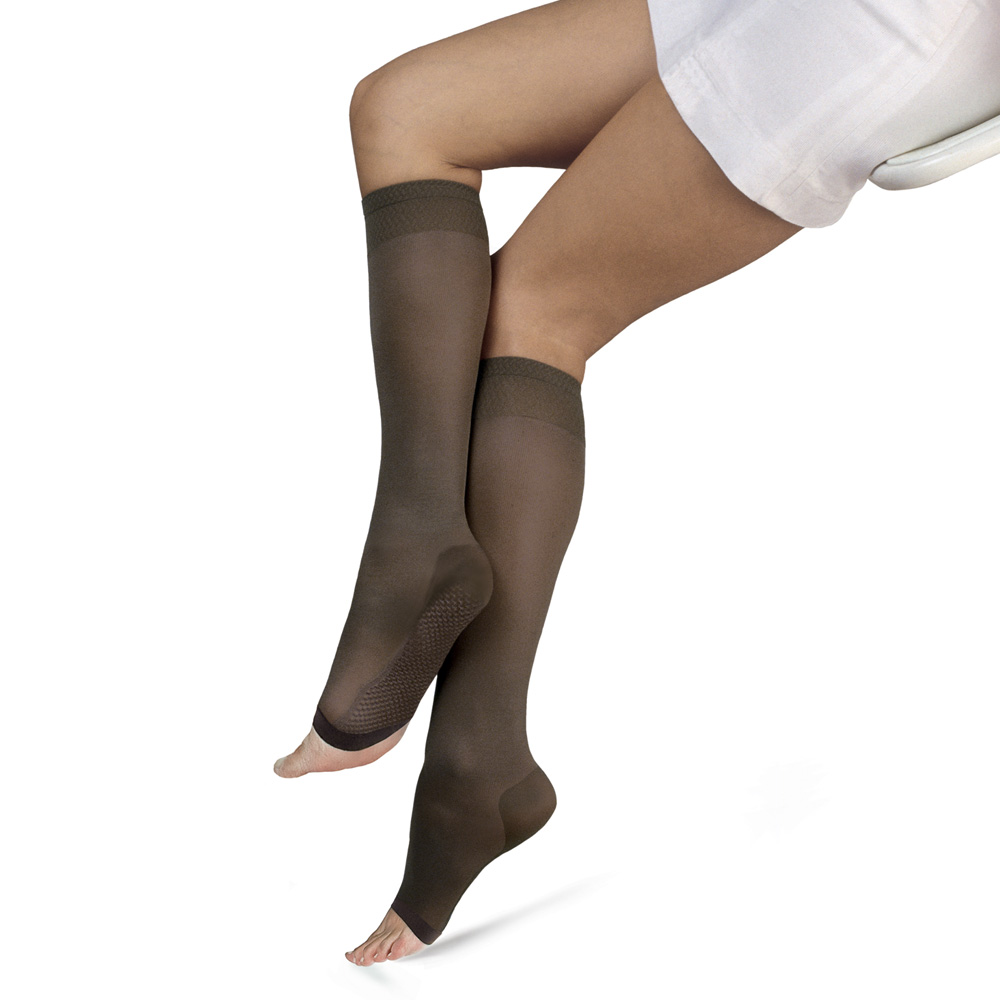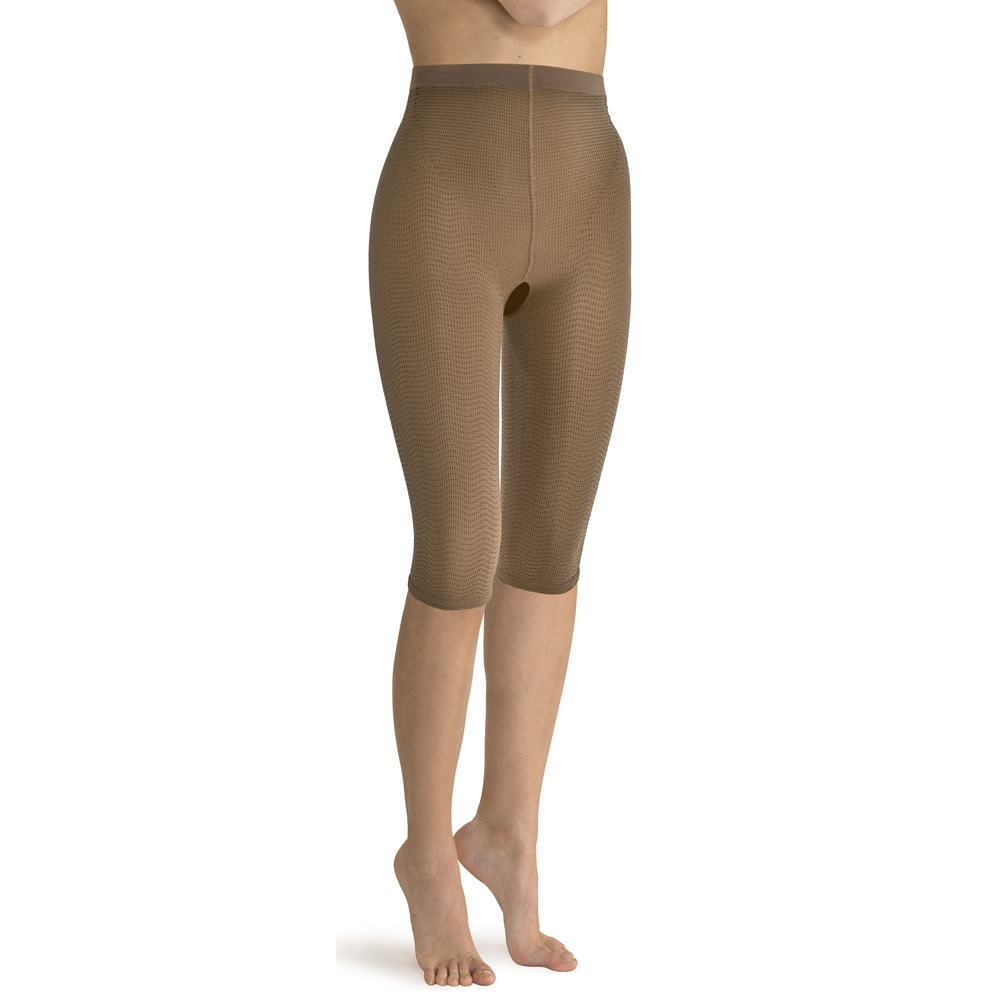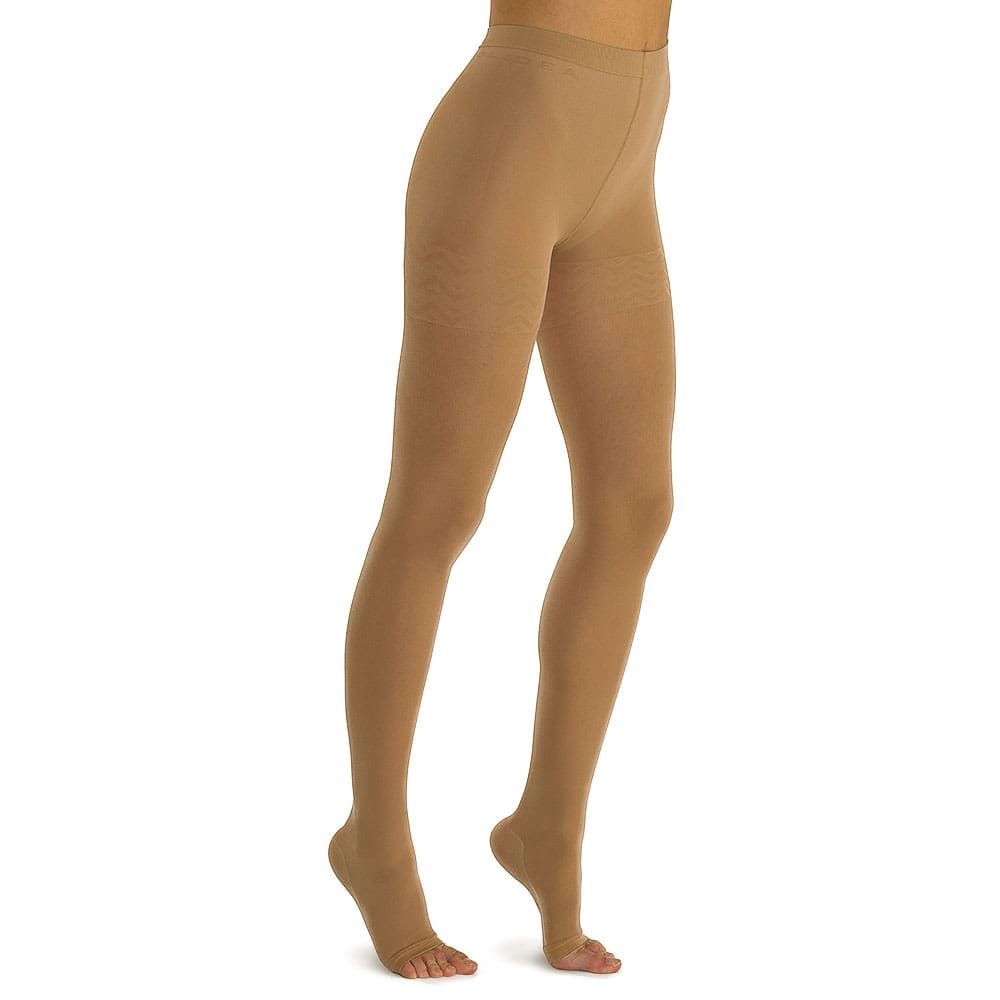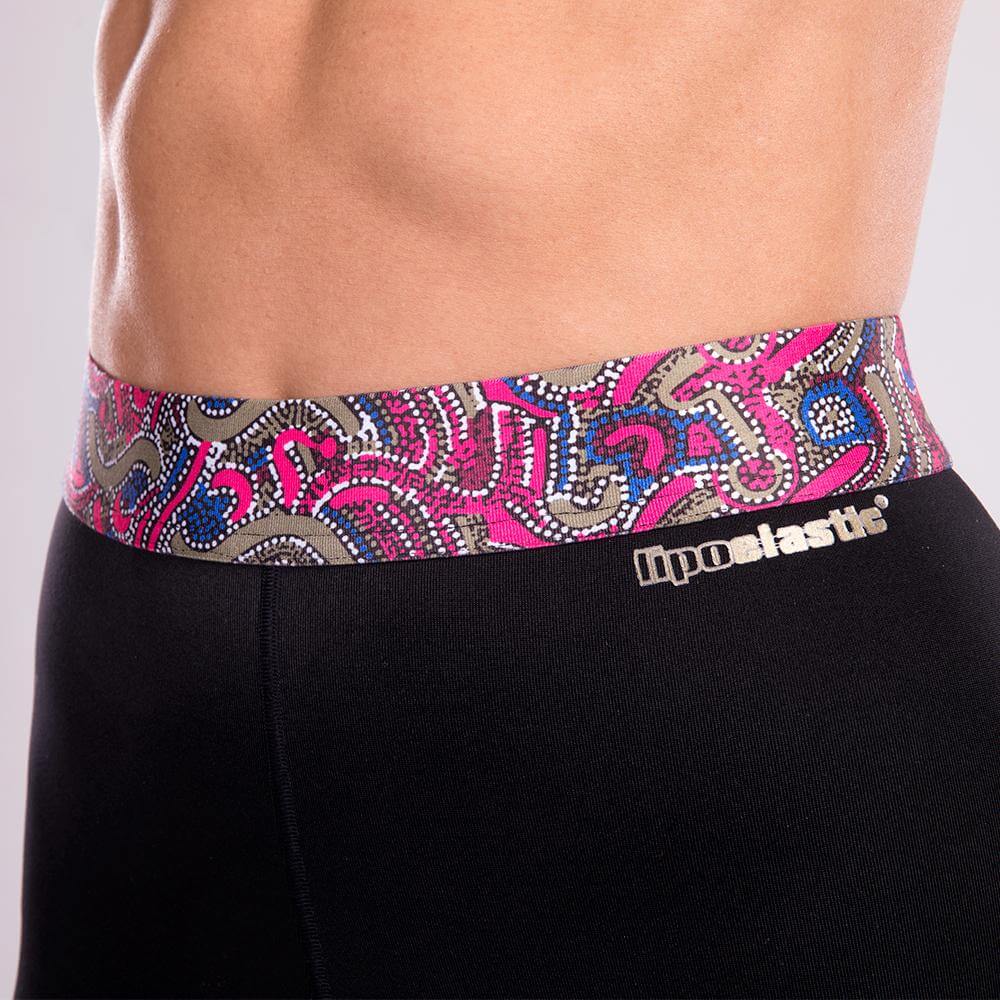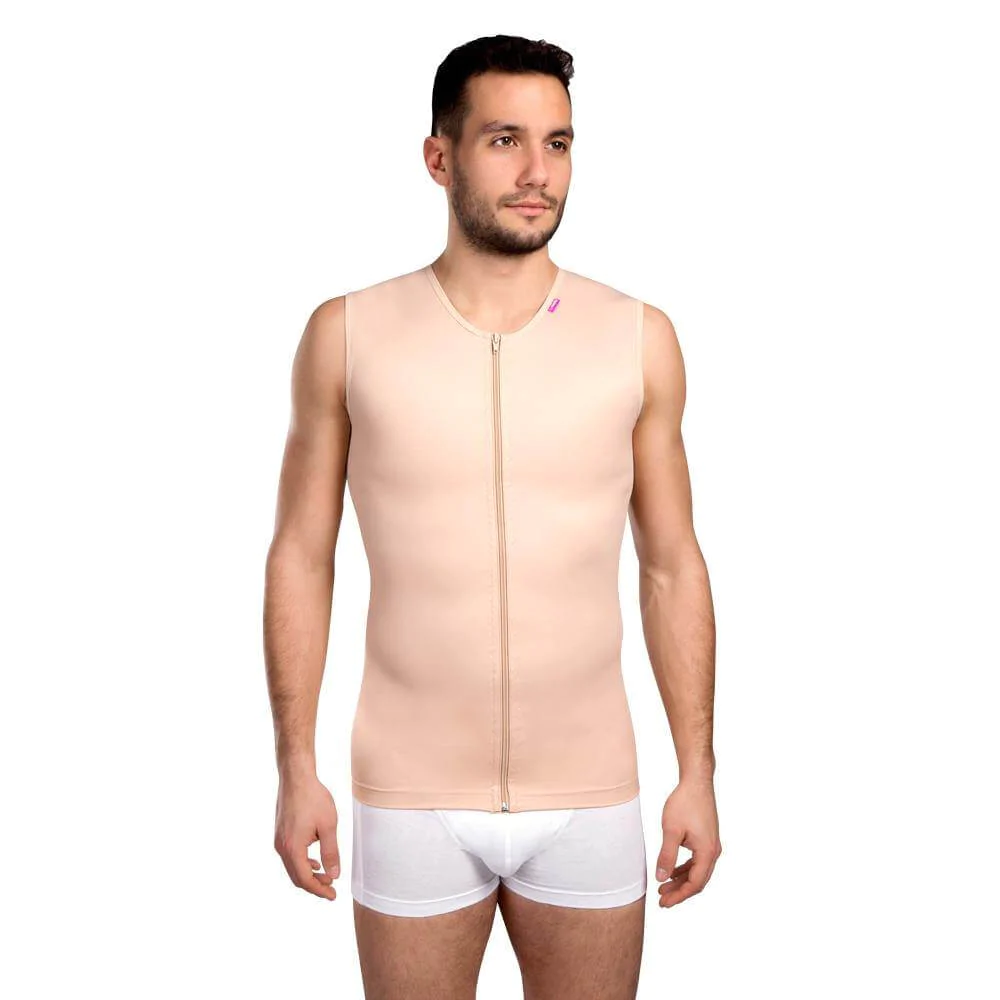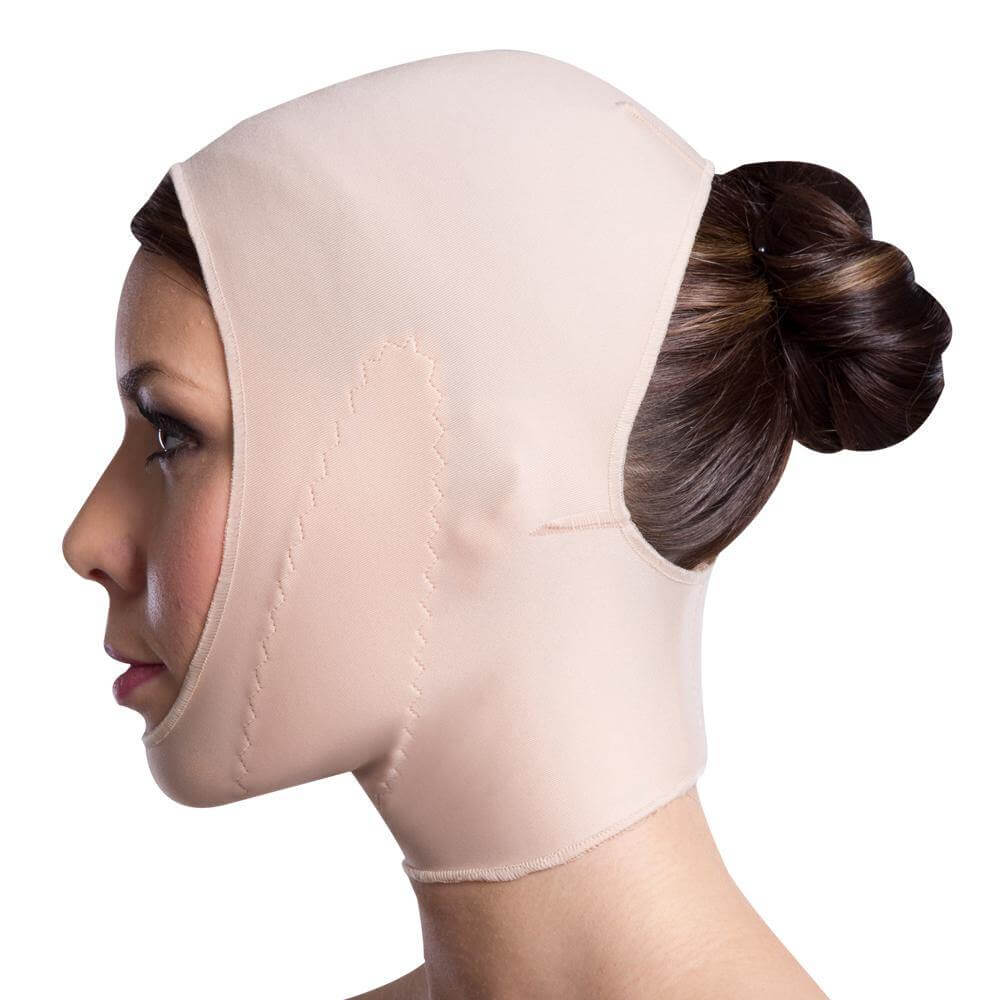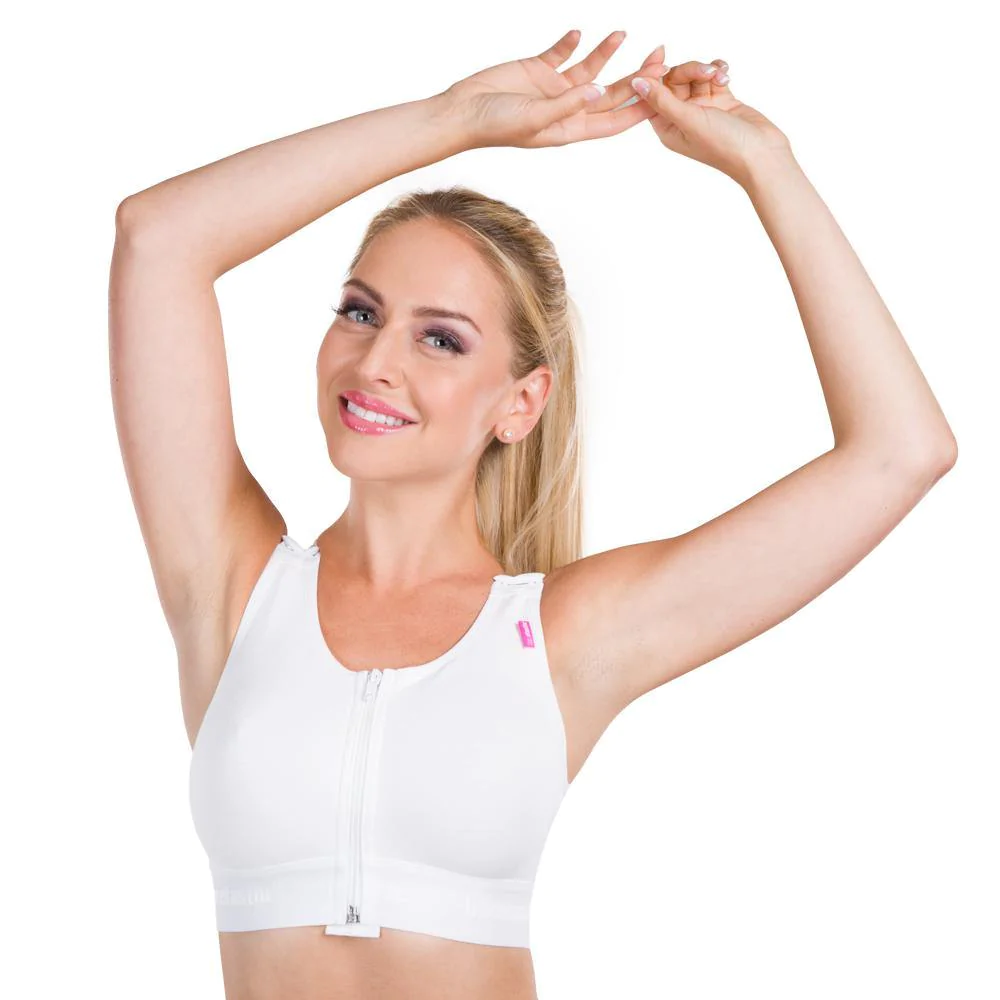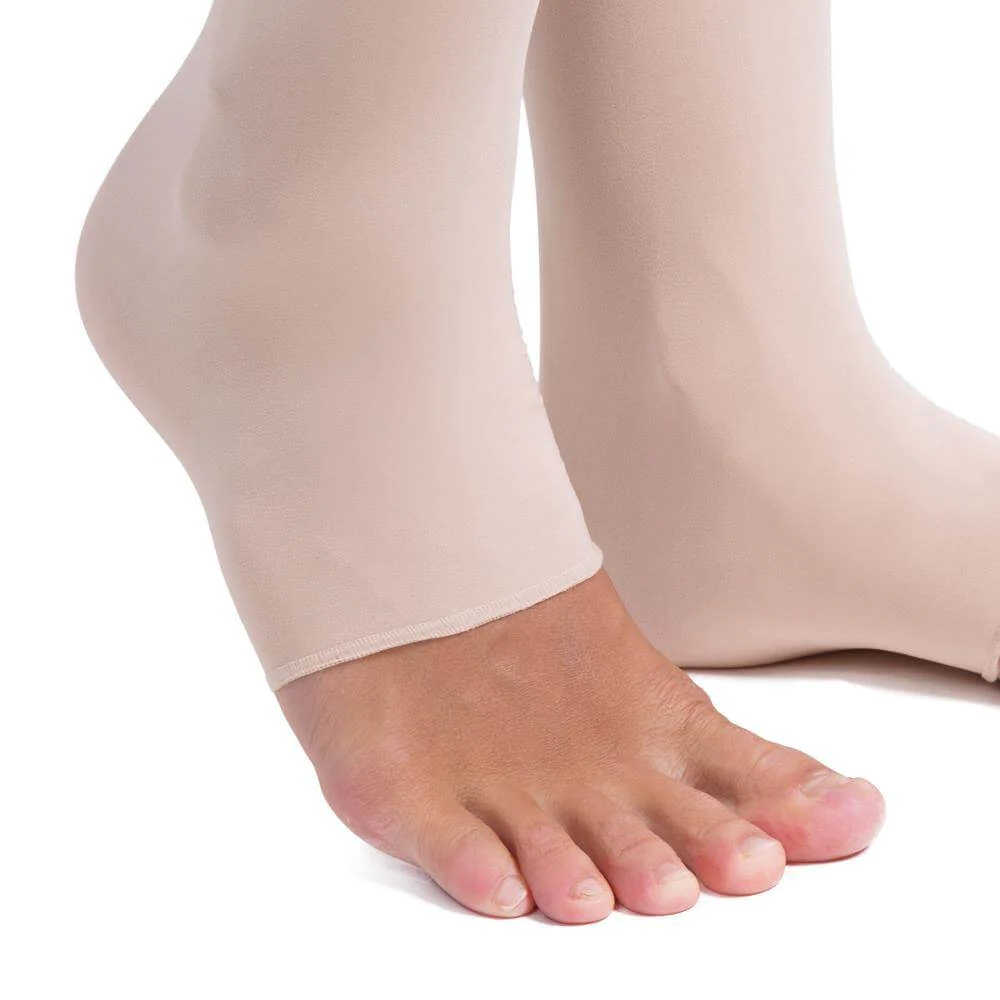Compression therapy is an effective Lipedema treatment to reduce fluid buildup, improve mobility, and make you feel more comfortable.
If you suffer from Lipedema, you’re probably tired of the pain and discomfort, Lipedema can be an incredibly frustrating medical condition. There is no cure for Lipedema, but support is available. Compression therapy is an effective treatment that can reduce fluid buildup, improve your mobility, and make you feel more comfortable.
What Is Lipedema?
Lipedema is a buildup of excess fat that typically occurs in the buttocks, thighs, and calves. It may also form in the upper arms. The condition usually starts with small and subtle fat buildup, but it progresses over time. As the excess fat accumulates, it can cause pain, bruising, and difficulty walking. Many patients experience emotional issues as a result of Lipedema, too, as the fat buildup can cause anxiety and embarrassment.
Lipedema Treatment with Compression Therapy
Compression therapy is the use of compression garments to apply pressure to areas affected by Lipedema. Most patients use stockings, leggings, or pants, but the best type of garment for you depends on the location of the Lipedema and the extent of the fat buildup.
Although compression therapy doesn’t cure Lipedema, it offers several benefits. Compression has an anti-inflammatory effect on tissue, so it can reduce pain and discomfort. It also improves circulation, which ensures that all of your body tissue receives enough oxygen. If you have fluid buildup in your legs, compression helps to encourage drainage as well. The garments can correct distorted limb shapes, too, which makes movement much easier and more comfortable.
Compression garments come in various styles and strengths. The strength of your compression garment depends on your own personal circumstances. A patient with mild, early-stage Lipedema in their thighs will have different needs than a patient with severe Lipedema across their entire lower body. However, compression therapy can be helpful at all stages of the condition.
If you’re in the very early stages of Lipedema with minimal symptoms, you may be able to use non-medical-grade compression garments for Lipedema treatment. If the condition progresses, though, you’ll likely need medical-grade garments to adequately treat your symptoms and reduce discomfort.
How We Help
We understand how frustrating and painful Lipedema can be, and we’re here to help. Soft Touch Mastectomy offers compression therapy garments for patients with Lipedema so that you can navigate your life with a greater level of comfort.
Finding appropriate compression garments can be difficult. Lipedema causes disproportionate shaping of the body, so not all garments will work for every patient. Our team offers personalized recommendations and professional fittings so that you can achieve the best possible results from your compression therapy.
Living with Lipedema isn’t easy, but it doesn’t have to control your life. If you’re interested in compression therapy for Lipedema treatment, please reach out to us today.
Types of Compression Garments
There are several types of compression garments, so you must consult with a healthcare provider about your best options for Lipedema Treatment with compression. One of the most commonly used garments for Lipedema is flat-knit stockings. These garments are usually made of nylon or a blend or nylon and cotton. They stretch in two directions so that they fit the size and shape of your body, but they still offer a good amount of pressure. Flat-knit stockings are usually comfortable and effective for Lipedema patients, especially those with moderate and severe cases.
Another option is micromassage garments, which are made of textured material designed to massage the top layer of your skin and promote lymphatic drainage. These garments are stretchier than flat-knit garments and offer less compression. Doctors typically only recommend them for patients in the early stages of Lipedema as they may not offer enough compression to be effective for significant fat buildup.
Inelastic garments can sometimes be effective for Lipedema Treatment. These are non-stretch garments secured with Velcro that function similarly to compression bandages. Doctors occasionally recommend inelastic garments, but most Lipedema patients benefit from garments that have more stretch.
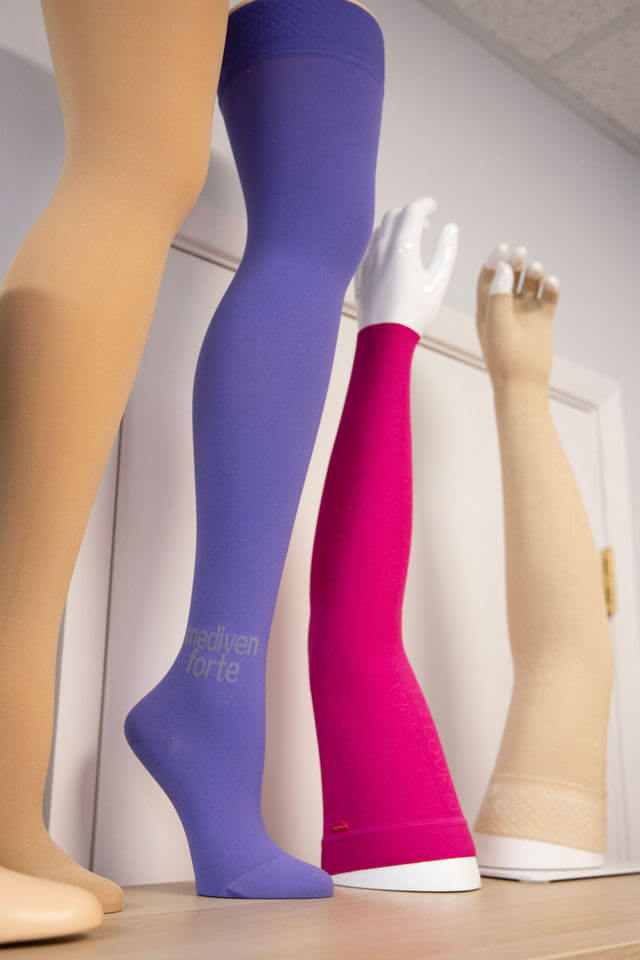
What to Expect From Compression Therapy
The goals of compression therapy are to reduce pain, improve circulation, and increase mobility. You shouldn’t expect the size or shape of your body to change much from compression therapy. However, you should notice a difference in how you feel within a few weeks.
Compression garments are designed to apply pressure, so they should feel snug. They should not be so tight that you feel constricted, though. Follow your healthcare provider’s recommendation for how often to wear your compression garments for Lipedema Treatment. In many cases, they should be worn 24 hours per day.
Compression therapy is very safe with a minimal risk of side effects. It’s always important to consult with your healthcare provider about side effects, though. If you experience tingling, numbness, or a change in color in your hands or feet, remove the garment and inform your doctor.
Mastectomy Boutique
From our personal day to day experience we know how challenging it can be for women with healthy breasts to get the right fit, a well-fitting bra is essential, especially for those who have undergone mastectomy or reconstruction after breast cancer.
Post-mastectomy and lumpectomy procedures vary. Some women opt for a prosthesis, which is essentially a breast form (silicone, foam or fiber-fill) that is placed inside of a bra or attached to the chest wall. Other women choose to undergo surgical reconstruction that will involve the insertion of an implant.
All at the end need properly fitted bra to avoid any possible complications, feel and look great. Best fitted bra and proper fitted breast form, helps bring back confidants. John Hopkins Medicine advises that mastectomy boutiques and specialty shops carry a variety of prosthetics and garments. Certified and properly trained fitters, who are skilled at fitting women who have undergone treatment for breast cancer, are big part of women’s future new journey.

